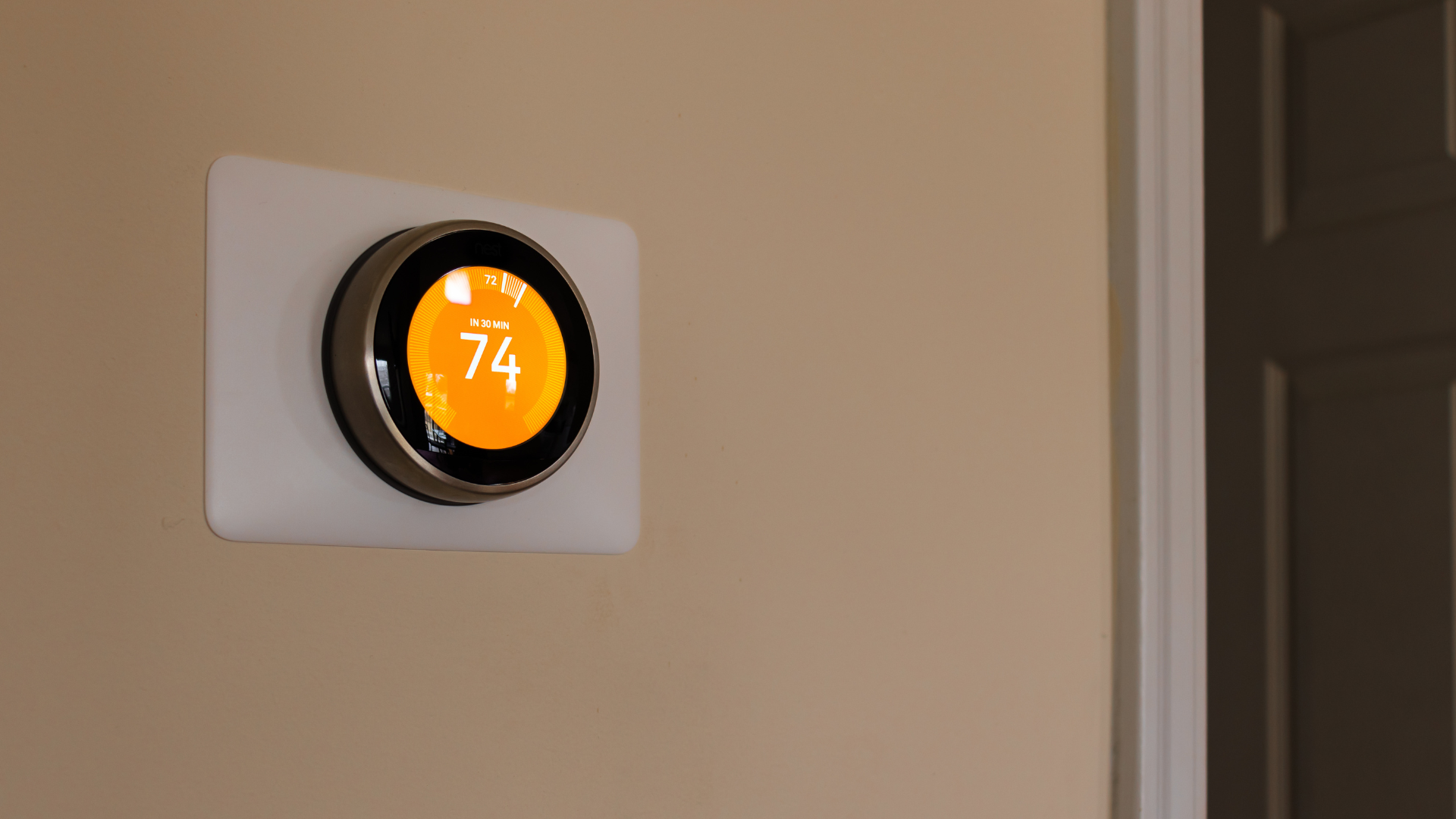In an economy where more than a third of Americans are struggling to pay their utility bills, knowing what your future utility bills will be before you commit to buying a home is a crucial part of your decision making process—or it certainly should be.
Here are a few methods to estimate what your future bills will be for electricity, gas, and other utilities before you move in, so you don’t wind up getting a nasty surprise in the mail.
How to get a good estimate of a home’s utility costs
The first step is to figure out what the previous occupants of the home have been paying each month. Here’s how to go about it:
-
Figure out the local rates. Knowing what the local utilities charge for electricity, natural gas, water, sewage, and other utilities is key. Most utility companies post their rates on their websites, so that’s a good place to start. If you can’t find rate information that way, you can use a website like Utility Rates to get an idea of electric and gas rates in that zip code. Online calculators like this one can give you a decent prediction of future utility costs once you have rate information to plug in.
-
Collect the billing history. Your next step is to ask for the home’s billing history going back 12 months. Your real estate agent should be able to help you with this, but you can also ask the current owners directly. Seeing a year’s worth of bills will let you figure out an average monthly cost, adjusted (if necessary) for the number of occupants.
-
Look at average costs in the area. If you aren’t able to get ahold of the billing history, you can make a much rougher estimate by looking at average costs in the area. There are websites to help you figure this out. For example, EnergyBot will calculate your potential utility bill based on zip code and average usage for the home’s size, or you can use this calculator from the Energy Solutions Center to figure your gas bill based on factors like the home’s size and how many dryer loads you run in a week. These calculators will only give you rough estimates, and your results may be higher or lower than actual costs, so tracking down actual bills is always going to be best.
Put past bills into context
Beyond just the monthly numbers, the key to estimating your own potential utility costs will require you to collect some extra information about the house and its occupants, including:
Problems. Ask if the house has had any recent plumbing or electrical problems. Leaks and faulty wiring can lead to spikes in usage, which could mean the cost history of the house will be less useful for predicting future bills.
Once you have a solid idea of what utility costs have been, you can make some adjustments based on your own lifestyle—number of people living there, whether you work from home, hobbies, etc.—to hopefully arrive at a number close to what your actual utility costs will be.
Smarter Home & Living
Never miss a story

Lindsey Ellefson
Get the latest smart home news, trends, and advice from Lindsey and the team.
Smarter Home & Living
Never miss a story. Get the latest smart home news, trends, and advice from Lindsey and the team.


























